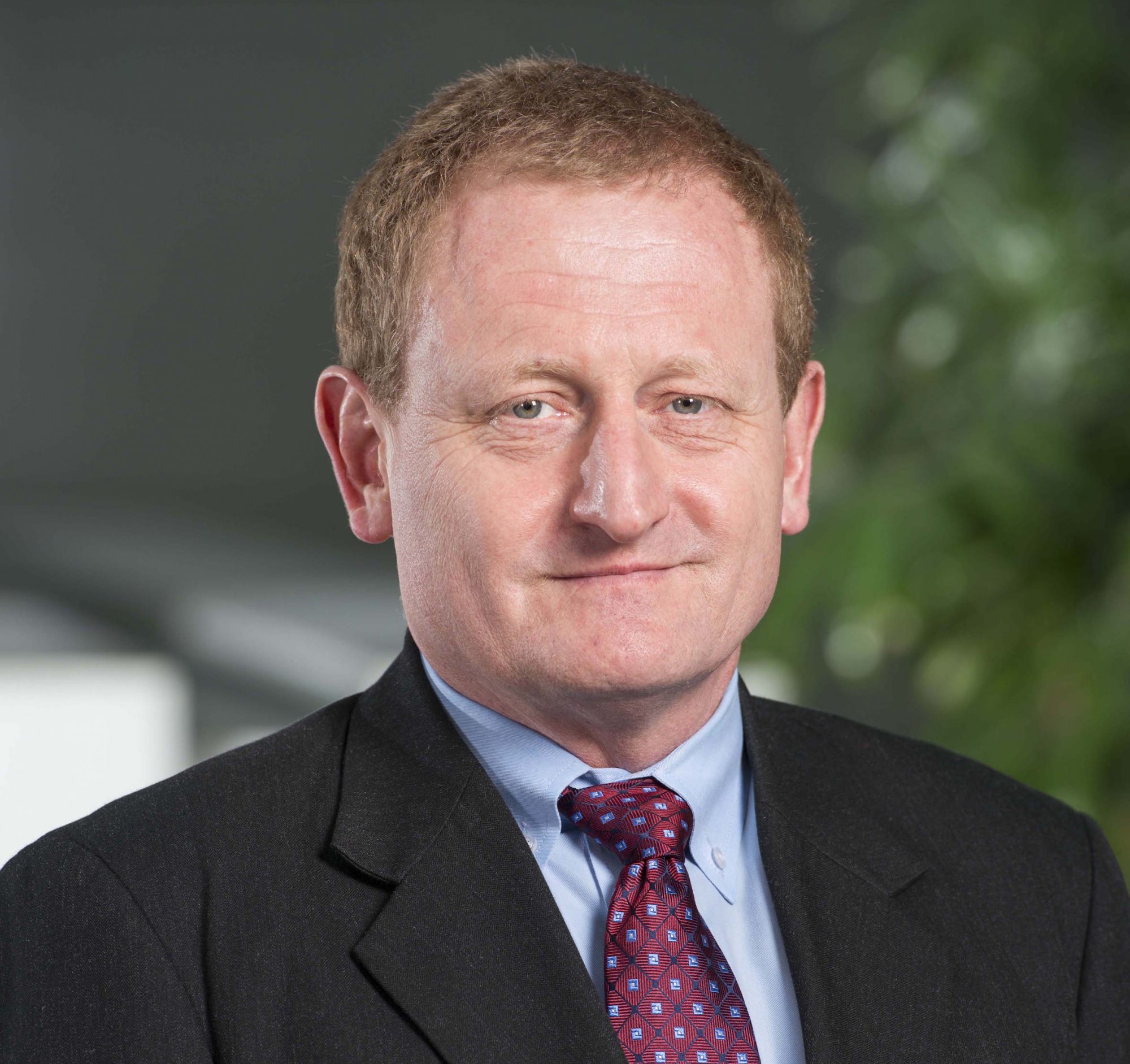
At the 2016 Carbon Expo in Cologne, Jack Aldane met with John Roome, Senior Director for Climate Change at the World Bank Group, to ask what is needed to increase private sector participation in developing countries’ climate projects and how climate change is being mitigated for countries most vulnerable to climate risk.
How did the World Bank Group respond to the COP21 agreement in Paris in 2015?
We came out of Paris realising that we wanted to step up our support of the climate agenda. Climate and development need to be fully aligned, because it’s absolutely critical to poverty alleviation. We made a commitment just before Paris to increase the share of our financing that has climate co-benefits up to 28 percent and to mobilize an extra $13 billion a year, totaling $29 billion a year in aggregate by 2020. When you then have a look at what is needed to get the results on the ground, we’re still a drop in the ocean. That is why the World Bank Group Climate Action Plan focuses also on transformative policies that can change entire sectors like transport and urban infrastructure, and secondly on scaling up private sector finance.
What are the priorities going forward to 2020?
Our first priority is to help countries take the Intended National Determined Contributions (INDCs) and translate them into specific policies and investment plans at the national and subnational level, so the countries can implement these plans going forward and integrate them into the budget process. The second is around getting the prices right: there is a strong focus on getting rid of fossil fuel subsidies and getting a price on carbon pollution. A deepening of the market is also essential, which means pushing the price up from less than $10 towards $30 and then onto a pathway. Connecting the carbon markets is also critical. A lot of markets sit in different places, so it’s about how to connect these, and to then get the support politically, which is where the Carbon Pricing Leadership Coalition (CPLC) comes in. At a technical level, through the Partnership for Market Readiness(PMR), help is being extended to around 30 countries to implement carbon pricing.
What response are you seeing so far from developing economies to carbon pricing?
We’re seeing a huge amount of momentum. A lot of developing countries, and poor developing countries, are asking us how they implement pricing. There are a lot of technical issues – cap and trade versus tax, sequencing, verification of the credits. These are critical to getting the carbon prices right, which leads to the leveraging of finance from the private sector.
What is your plan for attracting more private sector funding to climate-related projects?
Through the International Finance Corporation (IFC), we make investments in private sector projects with the goal of leveraging limited public funds to attract private sector investment. The IFC will fund new sectors to get them started and then let private companies take over. A good example is renewables. The IFC financed a lot in renewable energy already, which the private sector can now just step in and do. The IFC is moving towards distributed solar and captive renewable energy, a market that still hasn’t been developed. So over time, the IFC strategy is to move their investments to what we call the frontiers to draw private sector financing there.
The effects of climate change are already felt in the most vulnerable countries of the Global South. Is it too late?
We’re focusing on increasing resilience and adaptation to climate change in these areas, because if you don’t increase resilience by 2030, our estimate is you might have 100 million more people living poverty. To work on that, we’re helping install early warning systems, irrigation and climate smart agriculture. A lot of that financing has traditionally been a much smaller percentage of climate finance and it has been predominantly public finance. So we’ve been looking at how to increase the financing of these issues, but also to look at what this means for the private sector. In other words, what does it take to increase private sector financing in areas like more resilient agriculture, forests and land use, and water.
How can climate financing help countries prepare for challenges such as extreme weather?
We’ve been doing pre-insurance work on the Pacific Islands, providing data for meteorological models to get a sense of the strength of a typhoon versus the total value of the assets on these islands. This allows us to create an insurance product that a country can buy in order to insure against future weather hazards. So development finance can pay for an insurance premium, which can be financed by donors as it is in the Pacific, with the understanding that the insurance industry will step in to continue it. Another example is climate-smart agriculture. In West Africa, particularly in Senegal, we’re working on developing new seeds that can be grown in much shorter growing periods and hence can help farmers adapt to changes in weather patterns. Again, this is still very much public sector-based. The challenge remains how to crowd in more private sector financing.
John Roome is Senior Director for Climate Change at the World Bank Group. He joined the bank in 1989 and was posted to Africa, where he focused on the continent’s roads programmes, as well as its aviation and water sectors. He went on to work as the bank’s Operations and Strategy Director for Global Practices, and was Director for Sustainable Development in the Bank’s East Asia Region, where he worked with clients on issues such as water, transport, agriculture and climate change.

